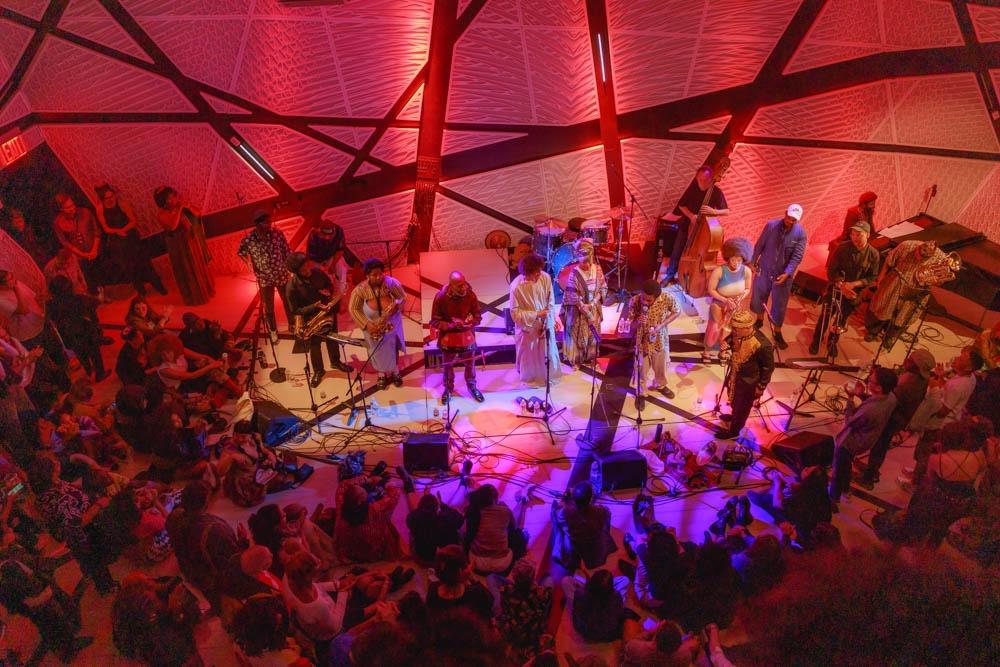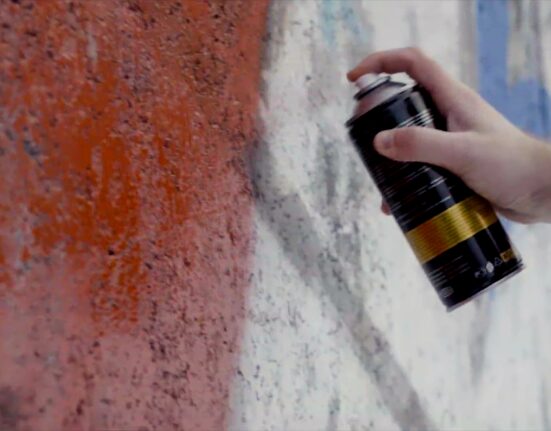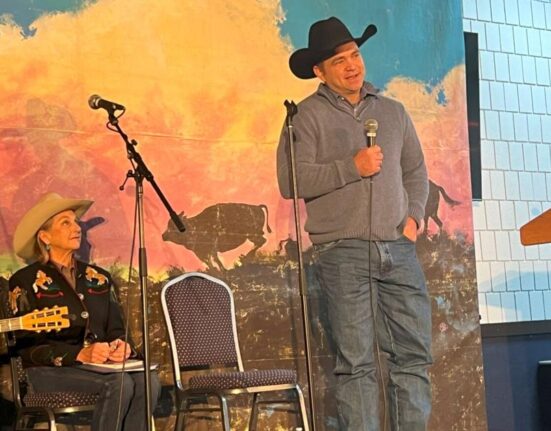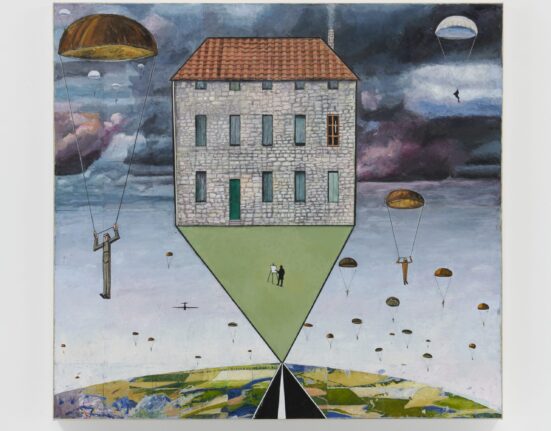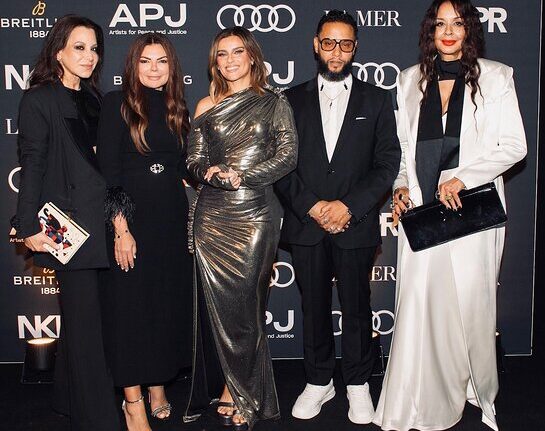13 years ago composer Paola Prestini received a phone call that would change the course of her life. The caller was fellow composer and tax attorney Kevin Dolan who has been called “the Andrew Carnegie for emerging artists … but without the deep pockets.” And he had a vision.
“His idea was simple and beautifully clear,” says Prestini. “He wanted to help emerging musicians by creating a space that would cater to their needs and invite new audiences in to support them.”
Suddenly Prestini, who has collaborated with poets, filmmakers, and scientists in large-scale multimedia works, but had never led an arts institution before, felt like she was offered a blank canvass to help birth a home for artists.
“It also allowed me to combine the work I had already been doing in the city as a composer, which was to task myself and other artists to work in deeply collaborative ways with a physical space meant to manifest creative dreams,” says Prestini. “So we partnered with a group of philanthropic investors and trustees—most of whom are still with us today—and we launched!”
A mecca for music and the arts in Williamsburg, Brooklyn, National Sawdust commissions, produces and presents new music and interdisciplinary works. The dramatic and soaring 13,000 structure is set in a 100-year-old former sawdust factory (hence the name, National Sawdust).
They also have a cutting edge Meyer Sound system which offers top notch acoustics. The non-profit led by Prestini and managing director Ana De Archuleta is devoted to nurturing artists and fiercely values curiosity, experimentation, innovation, and inclusivity.
Some of their epic events have included Renée Fleming singing jazz with Patricia Barber, Philip Glass performing at their opening with Foday Musa Suso, who is known as a kora master. David Byrne created a new song with the Brooklyn Youth Chorus that appeared in American Utopia and Jessye Norman gave one of her final performances at National Sawdust. Just last month they collaborated with the Grammy Museum to present an intimate conversation with Jon Batiste followed by a riveting performance.
Most recently National Sawdust’s vision was even more fully realized when the organization was able to acquire their $21 million building. In 2015, when they were first trying to finish and open the structure, investors contributed money to own a square of the building in case the non-profit failed. In September they acquired the equity of those philanthropic Investors and now own it.
“Acquiring the building is of utmost importance as it not only secures the organization’s long-term presence in the community, but also ensures our ability to offer a wide range of cultural programming and provide support to artists and arts organizations seeking space for new work and experimentation,” says De Archuleta. “The purchase gives us a stable foundation to build upon for the next several decades.“
National Sawdust continues to be deeply shepherded by the desire to meet the needs of the 21st Century artist. As Prestini explains she sees that this artist requires a trifecta of key skill sets. They should be part entrepreneur, part activist, and part educator. And their job is to nurture and assist them as they adapt and thrive in this evolving field.
“I believe strongly that artists have a unique power to address the most urgent issues of our time—that society needs us. But artists are not always given the tools to sustain their practice, including networking skills, ways of adapting to the latest technological advancements, expertise in the business of their craft and insights about how to thrive in collaborative environments,” says Prestini.
“Sawdust has evolved by refining our mentoring programs and by expanding our digital platform to include reviews, previews, and in-depth articles that provide context for the music of our time.”
Jeryl Brunner: What is your dream for National Sawdust?
Paola Prestini: I often talk about the macro and micro approaches to building our nonprofit, and about how both are integral to National Sawdust’s vision for the future. The macro is what we now have access to through digital connection and big ideas, while the micro is focused on localism and community-building—the beating soul of any cultural institution. The combination of these approaches allows us to forge global artistic communities while also catering our work to the particular places we call home. In the years ahead, we plan to build our team further, maintain our technology, and do more recordings and podcasts.
Brunner: And how does Williamsburg fit into your landscape?
Prestini: We want Williamsburg to be known not just as a hotspot for food and shopping, but for culture. Culture from Williamsburg and developed in Williamsburg. We plan to launch a Global Lab where new trends are explored and serve as an accelerator for artists’ careers and projects. We also hope to augment our digital platform called Motif to serve as a platform of discovery where we write about music and create a global network of cultural interchange, providing a dynamic and new ecosystem for the arts through knowledge sharing, touring infrastructure, technology, and international audience expansion.
Brunner: If someone were to ask, “Why should I visit National Sawdust?” what would you say?
Ana De Archuleta: National Sawdust is special for its diverse music and arts programming; our cutting-edge Meyer Sound system, one of the only spatial and directional approaches to sound in New York City and our intimate atmosphere, providing an immersive experience for audiences and artists alike.
Brunner: When so many arts organizations are not able to succeed, what has been the greatest challenge creating and keeping National Sawdust alive?
Prestini: The greatest challenge for me was the first ten years, when we really had to convince people that National Sawdust needs to exist. The philanthropic model that launched us was crucial, but we still needed to persuade foundations that we were sustainable. The funding aspects were by far the most challenging, along with trying to balance my life as an artist, mother, leader and entrepreneur.
Follow me on Twitter.

